Best mountain bike brake pads: reliable stopping power for any trail
Whether they're metallic or organic, brake pads play a vital role in your braking system

Brakes are obviously a key component on mountain bikes. The brake levers are the most noticeable part of the braking experience for most riders, but the brake system's performance can be greatly improved by choosing the best mountain bike brake pads.
Brake pads sit inside the brake caliper. When you pull the lever, hydraulic brake fluid travels through the brake lines and into the caliper, pushing the pistons together. The pistons push the brake pads, which squeeze the rotor, creating friction to slow you down. That means you can have the best mountain bike brakes, but if the pads aren't of good quality then all the power and modulation is wasted.
Brake pads usually correspond with a specific brake model although they are often offered in different materials which offers performance benefits that are suited to different riding conditions. Here is a rundown of the most common brake pads you'll see out there or skip to the bottom to find out what you need to know when choosing the best mountain bike brake pads.
Best mountain bike brake pads
Why trust BikePerfect
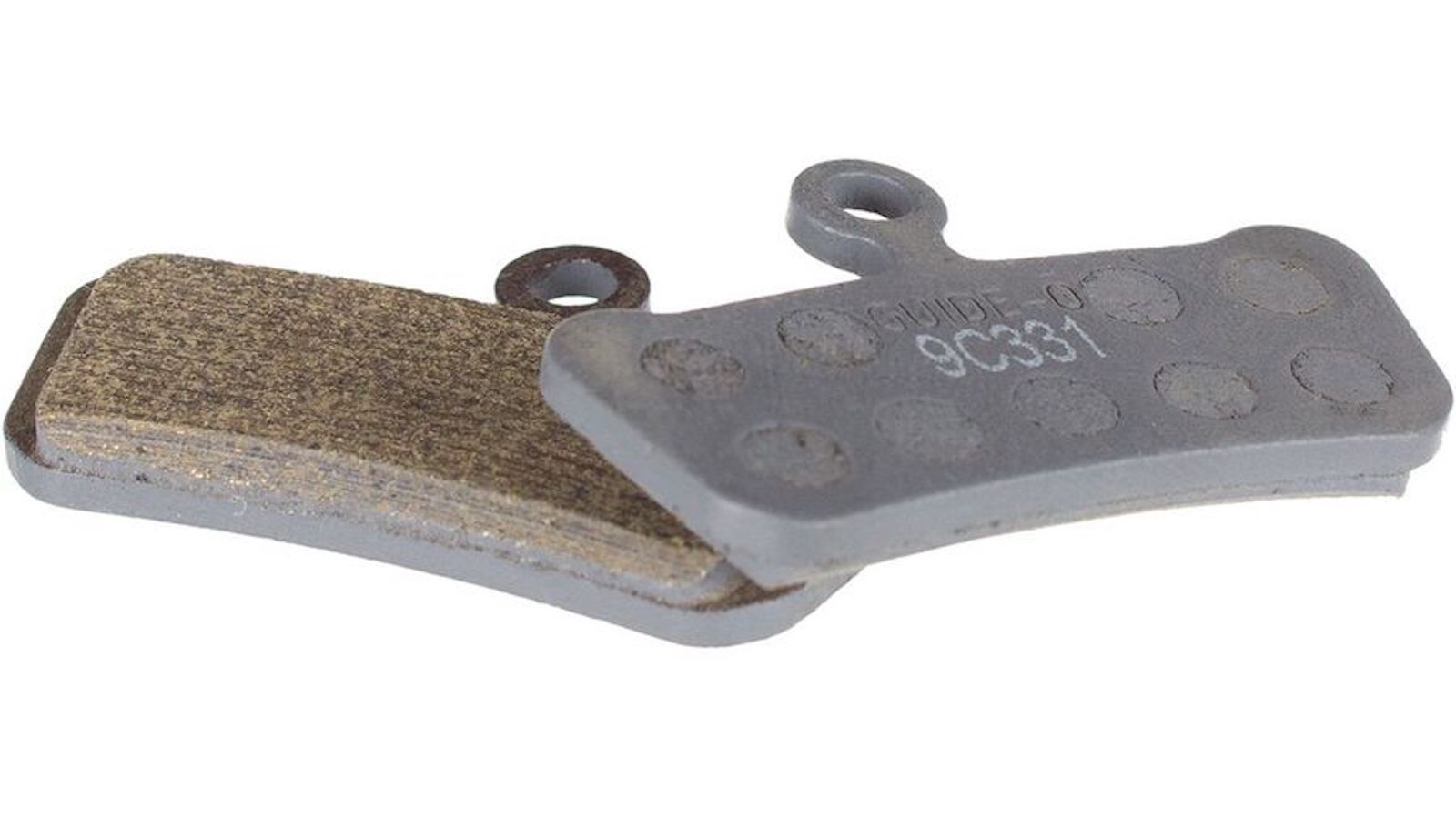
SRAM G2
Specifications
Reasons to buy
Reasons to avoid
SRAM's G2 brakes are the next iteration of what was formerly the Guide brakes. The G2 brake pads work across both the G2 and Guide models, so no worries if you have the previous iteration. These brake pads use an organic compound with steel mixed in for a durable pad that brings stopping power to the trail. They're intended for trail or enduro use.
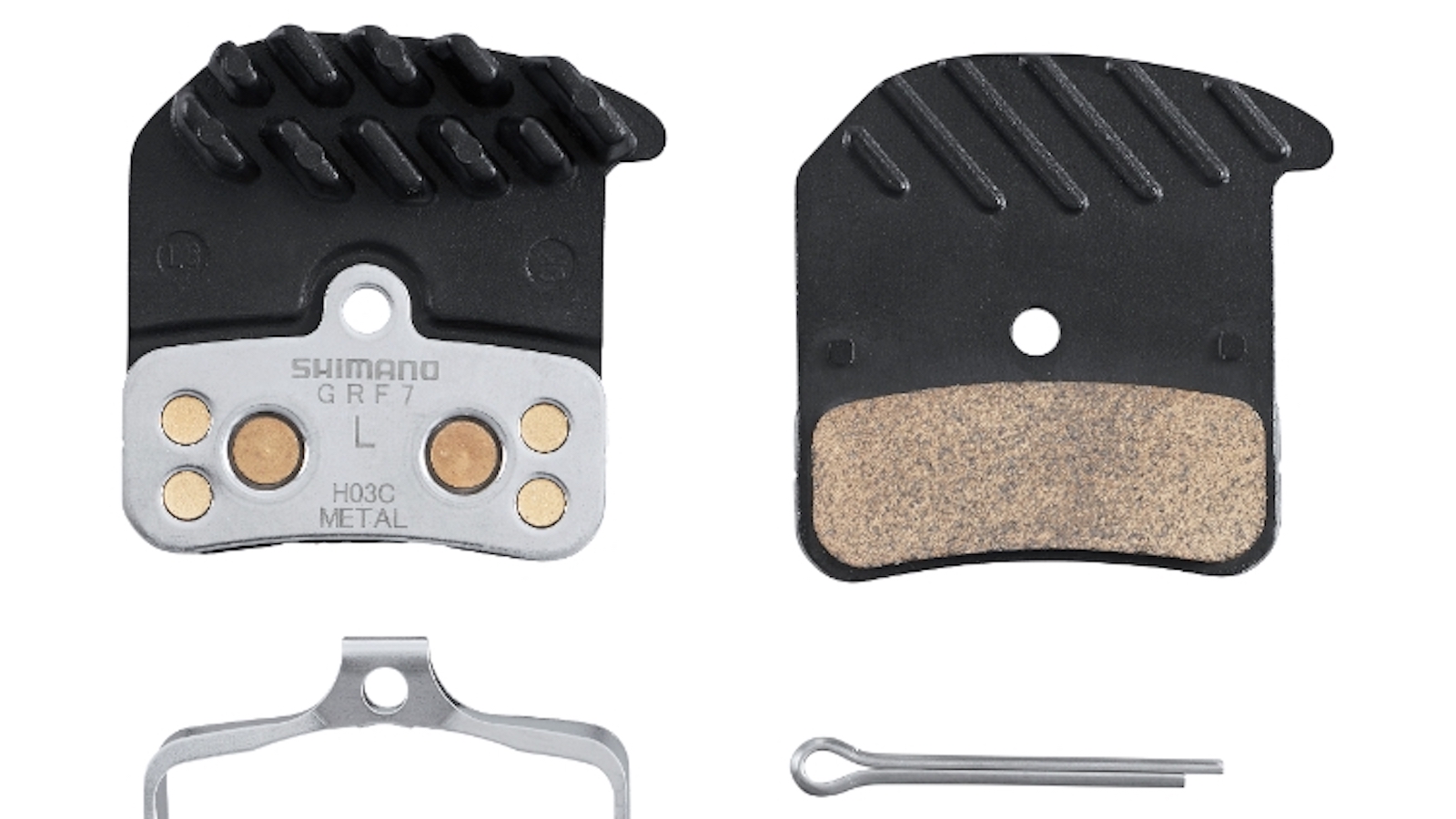
Shimano Deore XT M8000
Specifications
Reasons to buy
Reasons to avoid
Shimano's Deore XT groupset is considered a great value alternative to XTR. This metallic brake pad will work with Shimano's 4-piston, Deore XT M8000 series brakes. There is also a resin material option available. What makes these brake pads work well is that they are also compatible with the company's Saint and Zee options, which are designed for gravity riding.

Hope Tech Brake Pads
Specifications
Reasons to buy
Reasons to avoid
Hope Tech's brake pads are available in standard or a sintered metallic option. What makes these brake pads neat is that they work with any of Hope's brake models, including current and previous models. That means there isn't as much product innovation/specialization as SRAM or Shimano, but the cross-compatibility is convenient and easy to figure out, especially if you have multiple bikes with Hope brakes. Gravity riders looking for more stopping power can go with the sintered option, while XC/trail riders could use the standard ones.
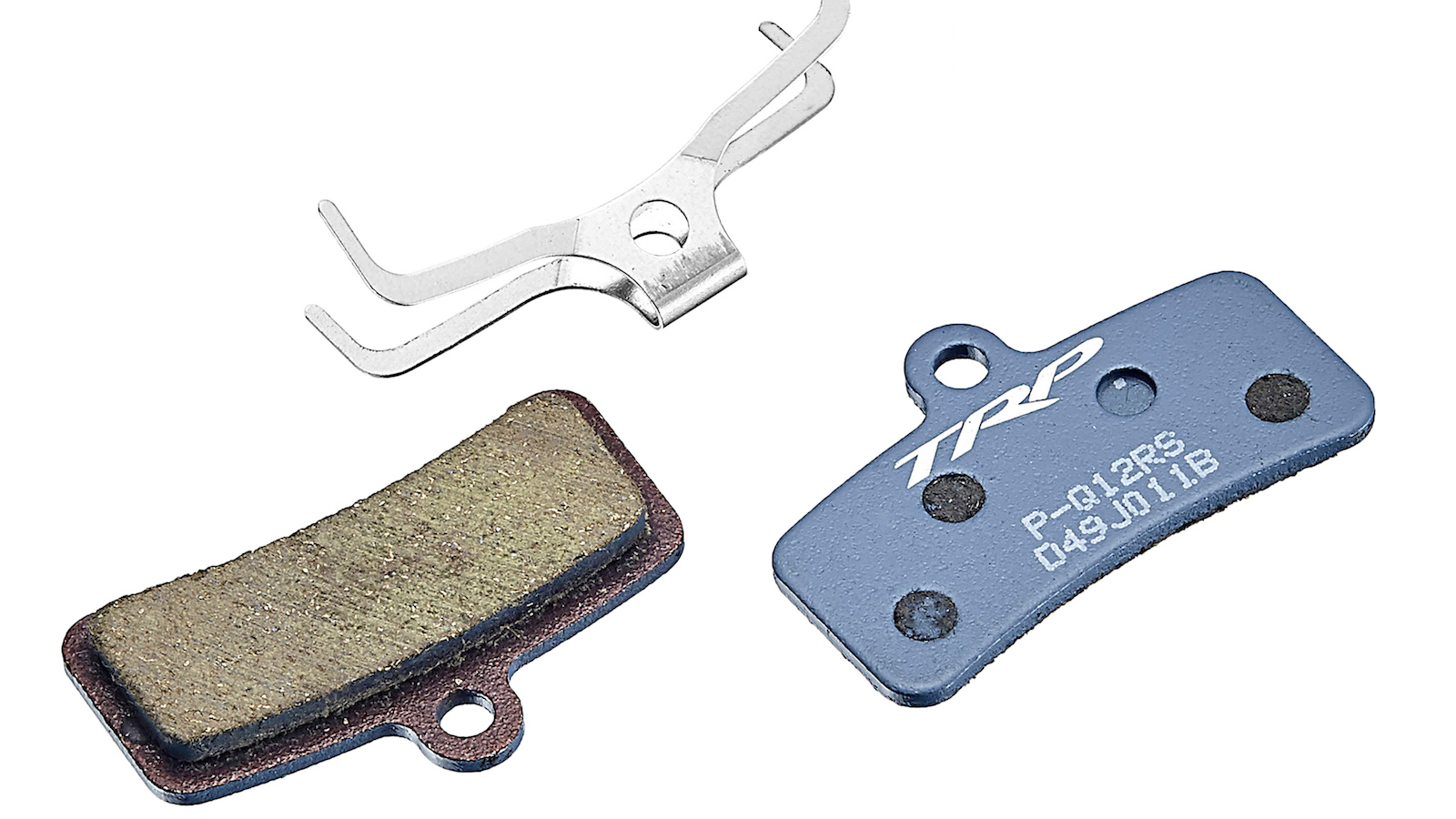
TRP Performance Resin
Specifications
Reasons to buy
Reasons to avoid
TRP isn't as big as Shimano or SRAM, but they do provide brakes for riders like Aaron Gwin and Brendan Fairclough. The brand's brakes are racetrack tested and then optimized for everyday use. These resin-based brake pads are the highest-performance option from the company. They work with any of TRP's four-piston brakes and feature a snappy bite followed by even modulation.
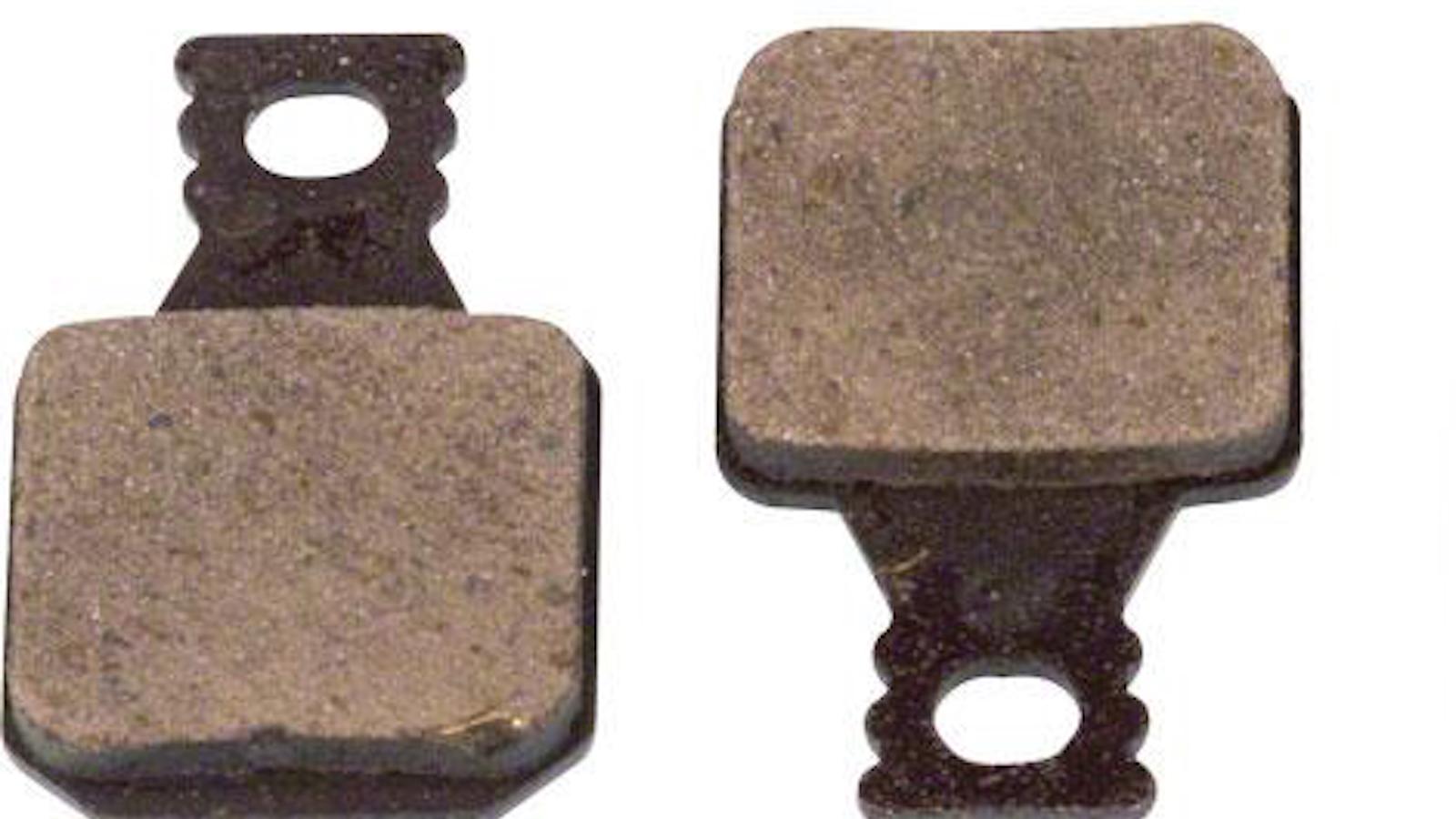
Magura 8 Series Performance
Specifications
Reasons to buy
Reasons to avoid
Magura offers three different brake pad compounds. The performance compound listed here is the best one for everyday riding, as it has more bite than the entry-level Sport pads and are longer lasting than the top-of-the-line Race brake pads. That means that these are set and forget pads for Magura MT5 and MT7 calipers.
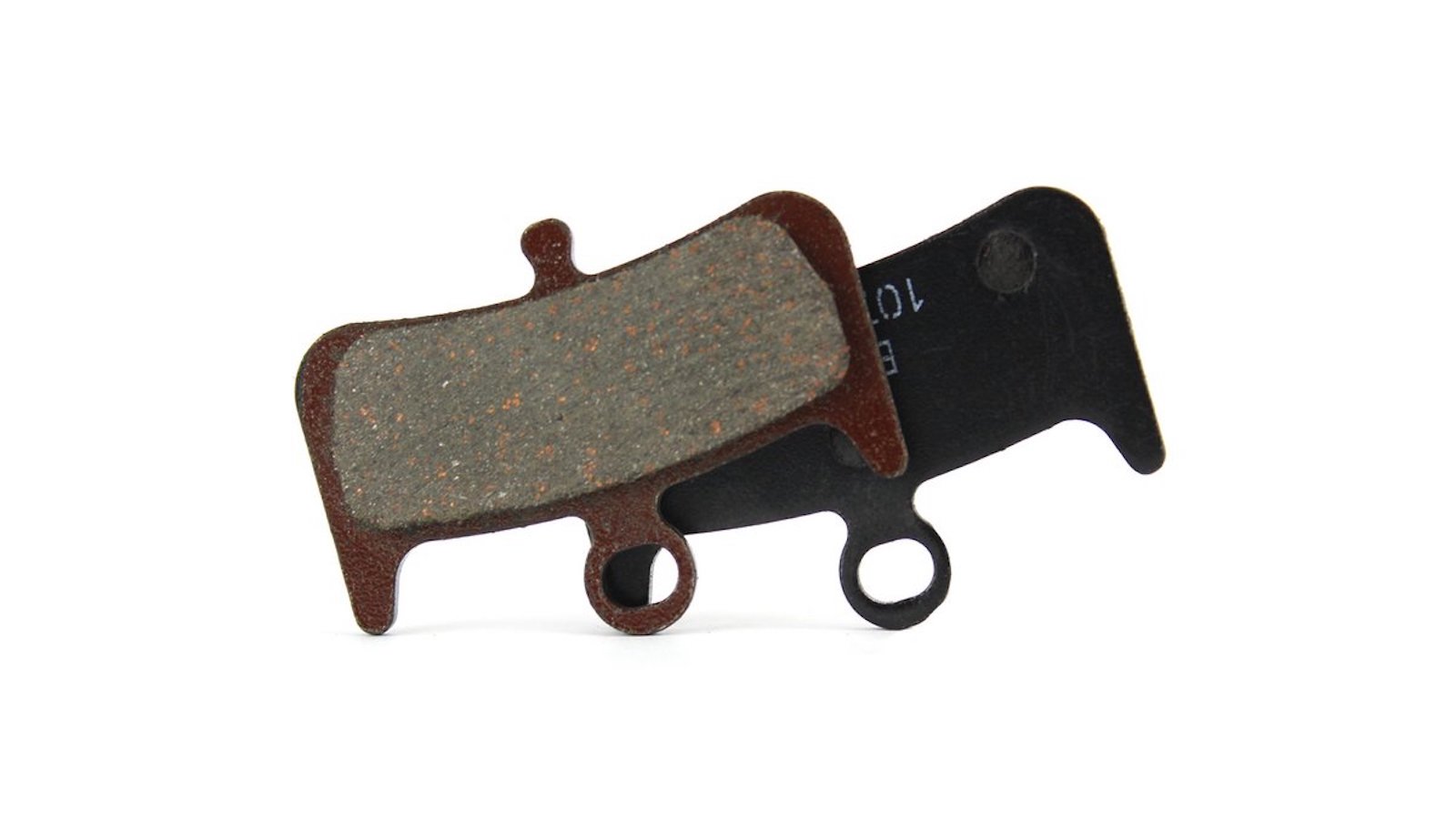
Hayes Dominion A4
Specifications
Reasons to buy
Reasons to avoid
Hayes' Four-piston brake pad is available in two compound options: sintered or semi-metallic. The sintered version is better for gravity shredders, while the semi-metallic is quieter and offers more modulation. These work with Hayes' Four-piston Dominion brake model, but there are equivalent pads for the Dominion two-piston XC/trail brake, too.
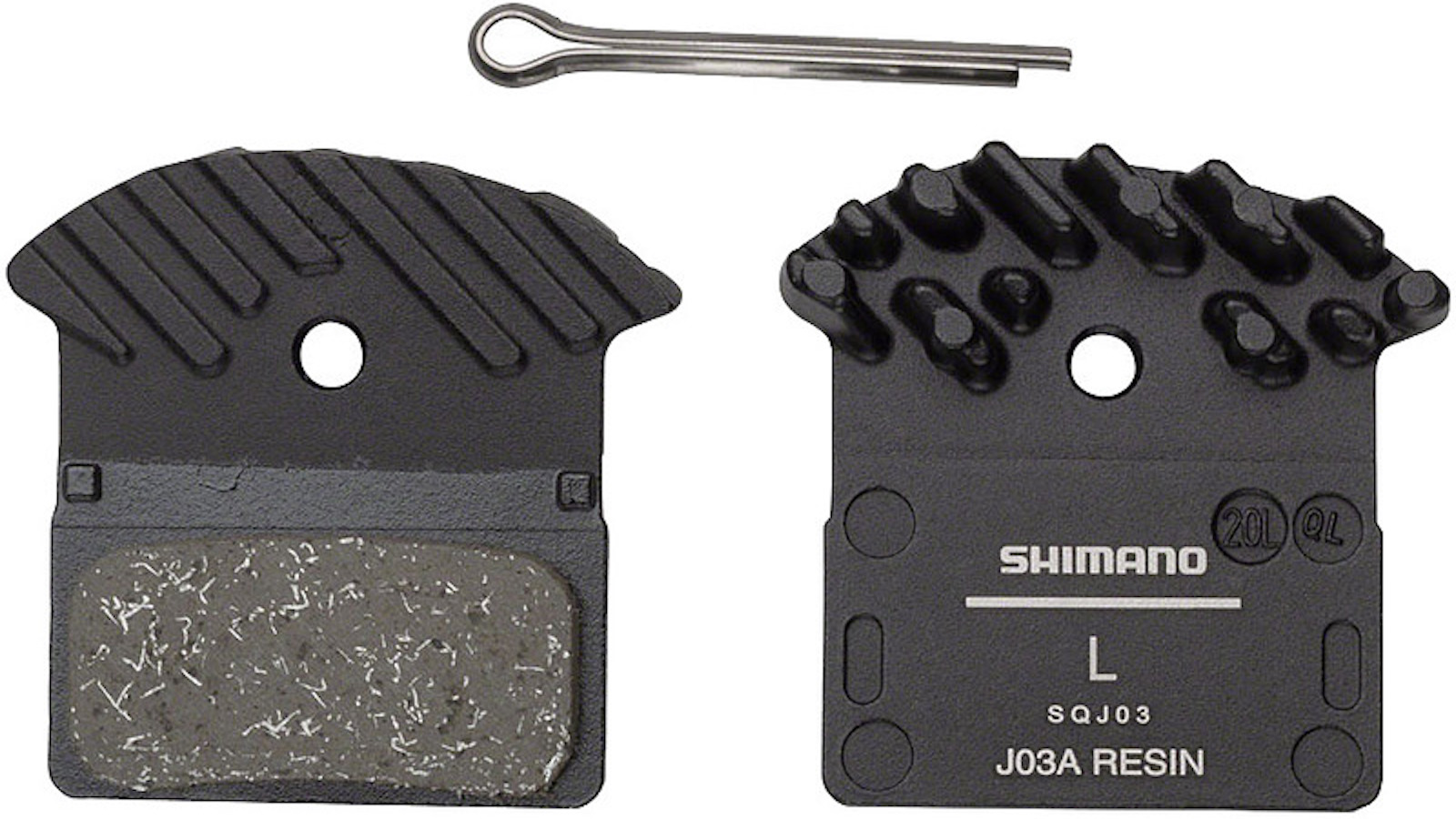
Shimano XTR J03A Resin
Specifications
Reasons to buy
Reasons to avoid
These Shimano resign pads work with XTR M9000 brakes as well as XT, Deore, SLX, and SLX models. The resin material is quieter than metallic but also offers less stopping power. There are metal versions available too for the rowdier riders with downcountry intentions.
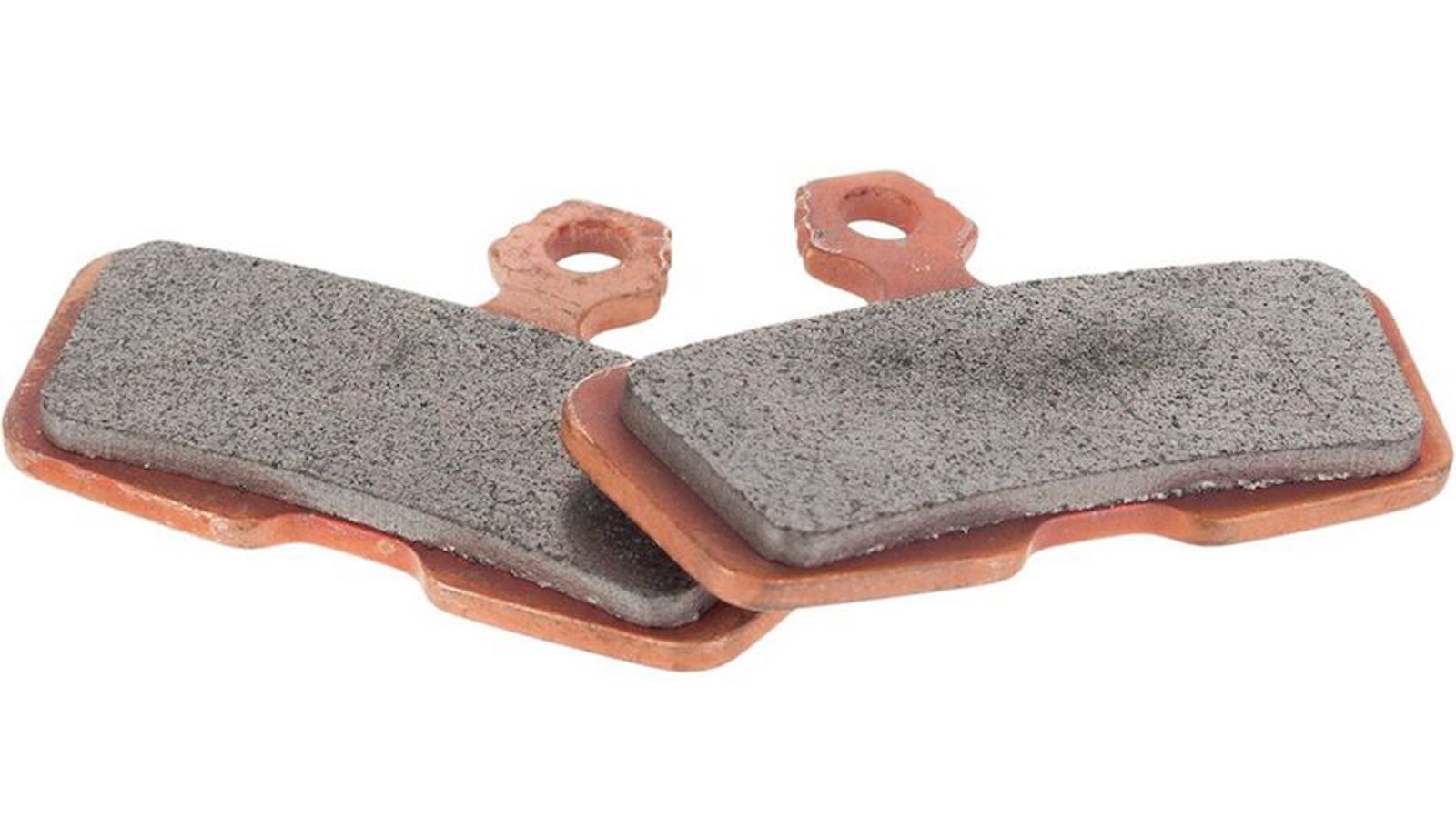
SRAM Code
Specifications
Reasons to buy
Reasons to avoid
The Codes are SRAM's gravity-oriented brake system. They are really only necessary for riders who regularly ride gnarly steep-and-deep descents or heavy weighted e-MTBs. The brake pads are available in metallic or organic compounds, so pick your poison based on your local trails.
What you need to know when choosing the best mountain bike brake pads
What's the difference between metallic and organic brake pads
There are two main types of material that brake pads are made out of. There are organic pads (sometimes called resin) as well as metallic pads (sometimes called sintered) which have specks of metal embedded into their surface.
Organic pads will make less noise and have a sharper initial bite. However, they may fade toward the bottom of long descents, and they have poor performance in the rain.
Metallic pads on the other hand will work better in the rain and offer a more consistent performance on long descents. They are louder, but the noise doesn't necessarily mean anything is going wrong.
It's mostly up to personal preference as to what material you buy. Gravity riders who speed down long descents might prefer metallic pads. Riders who like a sharp bite right when they pull the lever should go for organic material.
Lastly, it is important to consider the rotors you have fitted to your bike. The best mountain bike disc brake rotors will accept both types of pads however some cheaper rotors can only be used with organic pads.
Which brake pads should I buy?
Here's the thing: most brake pads correspond with a specific brake model. For example, SRAM Code brake pads only work with SRAM Code brakes. So what brakes you have will determine which pads you need. Packaging and online information for brake pads will always include compatibility information.
Your main choice will likely be between metallic or organic material since most manufacturers offer both.
Shimano is probably the brand with the most cross-compatibility. The pads will only work with Shimano brakes, but its pads are often compatible across model families. For instance, a set of brake pads could work for XTR, XT, and Deore brake systems. Always make sure to check though!
When should you replace brake pads?
Brake pads wear down, and when they do, it's time to replace them. When looking at a brake pad, you will see a block of material that's raised above the metal backing plate. When the material is worn down to the point of almost becoming flush with the backing plate, you need to replace them.
You can check the pads by simply shining a light into the caliper, but it's easier to get a better view by removing the wheel and having a look. If you hear a grinding sound or feel harsh feedback when braking, you may have worn the pads out completely, too. This can lead to damage to the pads, pistons, or rotors, so be careful and check your pads regularly.
For more information, check out our tutorial on how to replace disc brake pads.
Ryan Simonovich has been riding and racing for nearly a decade. He got his start as a cross-country mountain bike racer in California, where he cultivated his love for riding all types of bikes. Ryan eventually gravitated toward enduro and downhill racing but has also been found in the occasional road and cyclo-cross events. Today, he regularly rides the trails of Durango, Colorado, and is aiming to make a career out of chronicling the sport of cycling.
Rides: Santa Cruz Hightower, Specialized Tarmac SL4

